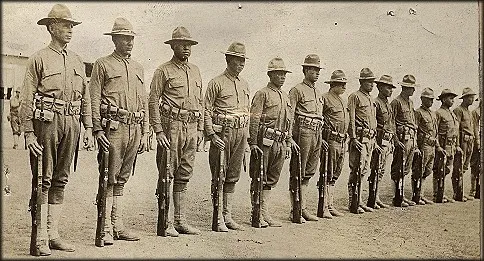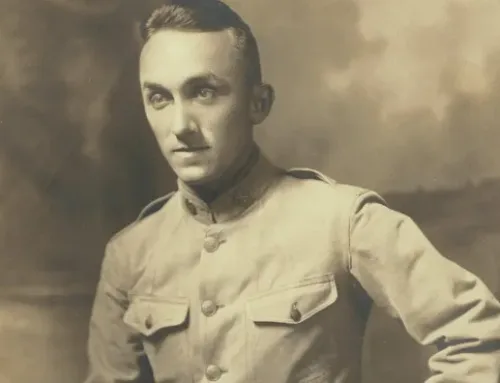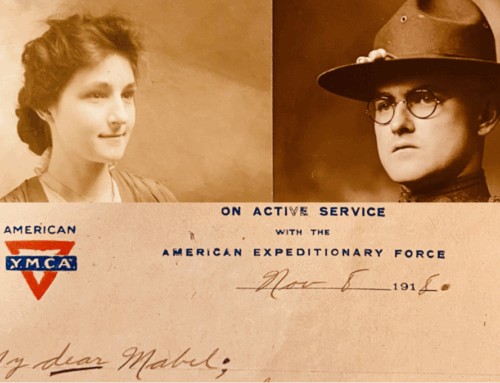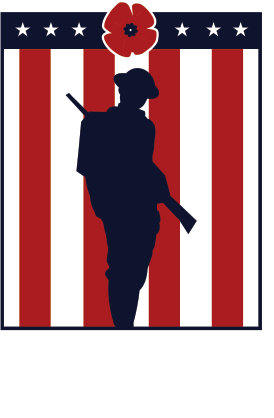Native Code Talkers Foiled WWI Enemies
Published: 26 May 2025
via the Racing Nellie Bly website
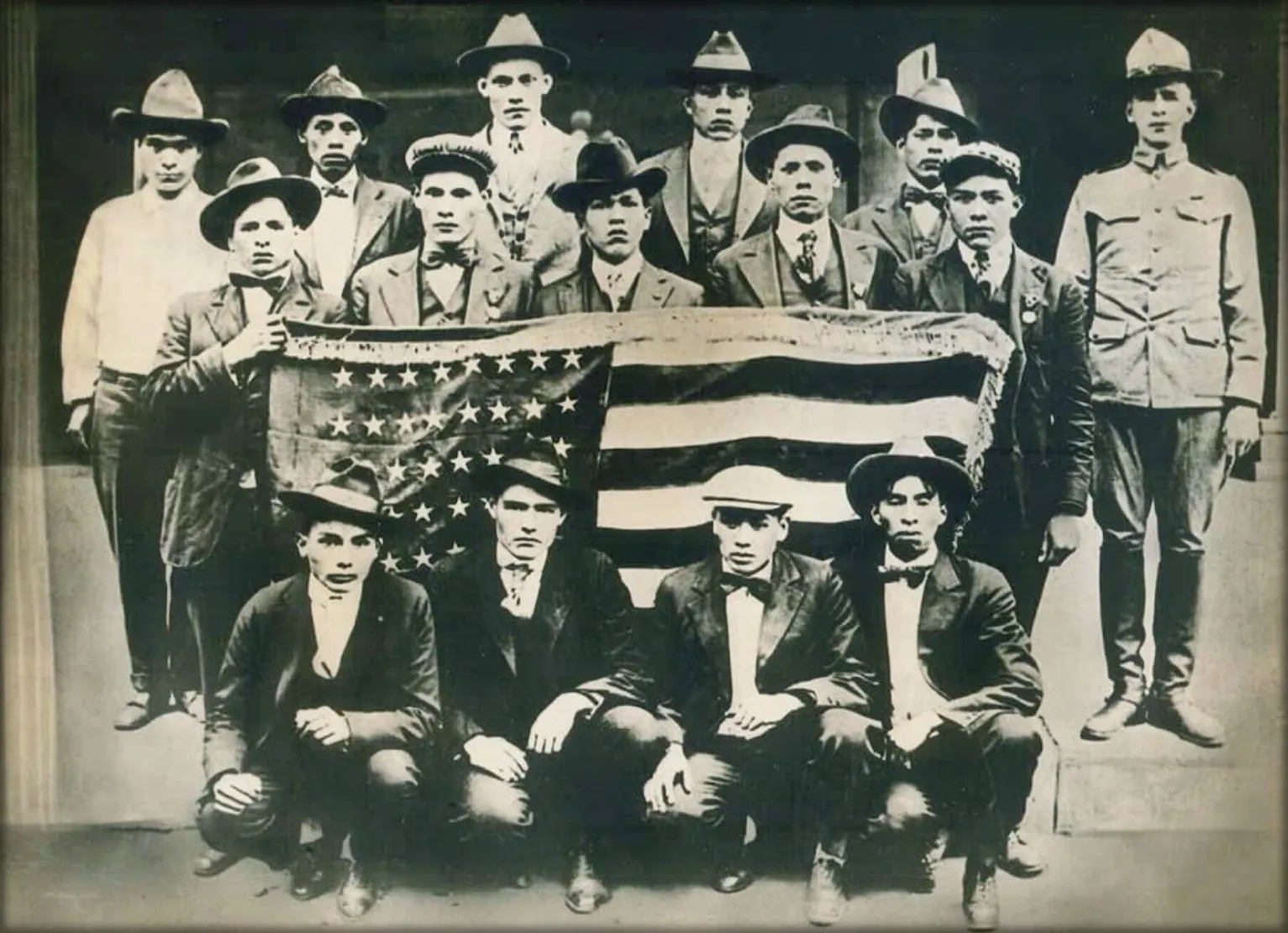
2-unit-with-flag
Native Code Talkers secured highly sensitive communications with a code that German specialists could not break. Ironically, the U.S. government banned many Native Americans from speaking their language in tribal boarding schools in the late 19th century. Even so, Native Code Talkers were broadly credited for their crucial role in helping the Allied Forces win WWI. Code Talkers later served through WWII and in Korea and Viet Nam.
Although Native Americans were not considered citizens of the United States until 1924 and could not vote until decades later, an estimated 12,000 from many tribes across America served in WWI. Approximately 44,000 served in WWII.
Following are 7 Amazing Facts from the story of Native Code Talkers of WWI.
#1-Allied Enemies Were Intercepting Communications
The United States joined Allied forces (including France, Great Britain, and Russia) in April of 1917 after Germany escalated attacks on American merchant ships. The transmission of secret information to troops was difficult with German forces tapping into lines and breaking all codes. Human runners, messenger pigeons and buzzer phones proved to be slow, vulnerable and unreliable.
With heavy casualties and many lost battles, the Allies were at a stalemate against the Central Powers (including Germany, Austria-Hungary and the Ottoman Empire) for more than three years. They desperately needed a reliable method of communication that the Germans could not intercept.
According to Marines Together We Served:
“Allied commanding generals were constantly pushing their signal people to find a solution. Some progress was made but not enough to stop everyday losses.“ (Marines.TogetherWeServed)
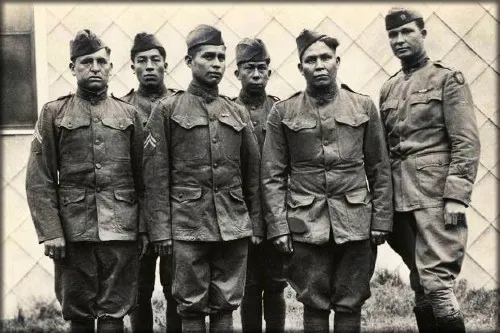
Native Code Talkers: Choctaw Soldiers, Camp Merritt, New Jersey-From left: Cpl. Solomon Bond Louis, Pvt. Mitchell Bobb, Cpl. James Edwards, Cpl. Calvin Wilson, Pvt. George (James) Davenport, Cpt. Elijah W. Horner. Image: Indiana University Museum of Archaeology and Anthropology.
#2-Native Americans Became The Stars Of Communications
As the story goes, an answer presented itself early in 1918.
A number of Native Americans were serving under Col. A. W. Bloor, U.S. Army, in the 142nd Infantry in France. When he heard Choctaw Natives communicating in their tribal language, he reasoned that if he could not understand them, most likely German code breakers could not either.
“With the active cooperation of his Choctaw soldiers, he tested and deployed a code, using the Choctaw language in place of regular military code.“(Marines.TogehterWeServed)
On October 26, 1918, Col. Bloor tested the idea. Native Code Talkers delivered a message by field phone in Choctaw, ordering two companies in the 2nd Battalion to withdraw from Chuffilly to Chardonnay, France. Native Code Talkers on the other end received the message, which they translated into English.
When it became apparent that the Germans were not ahead of the withdrawn American troops, Col. Bloor assumed the German wiretaps were baffled by the Choctaw language jus as he was.
With such a desperate need for safe communications, it’s possible that this brilliant idea had more than one “father.”
In another version of the story it was American soldier, Albert Billy, who suggested to his commanding officer that the Choctaw language be used to confuse the enemy. (Texas Military Department)
→ Read the entire article on the Racing Nellie Bly website here:
External Web Site Notice: This page contains information directly presented from an external source. The terms and conditions of this page may not be the same as those of this website. Click here to read the full disclaimer notice for external web sites. Thank you.
